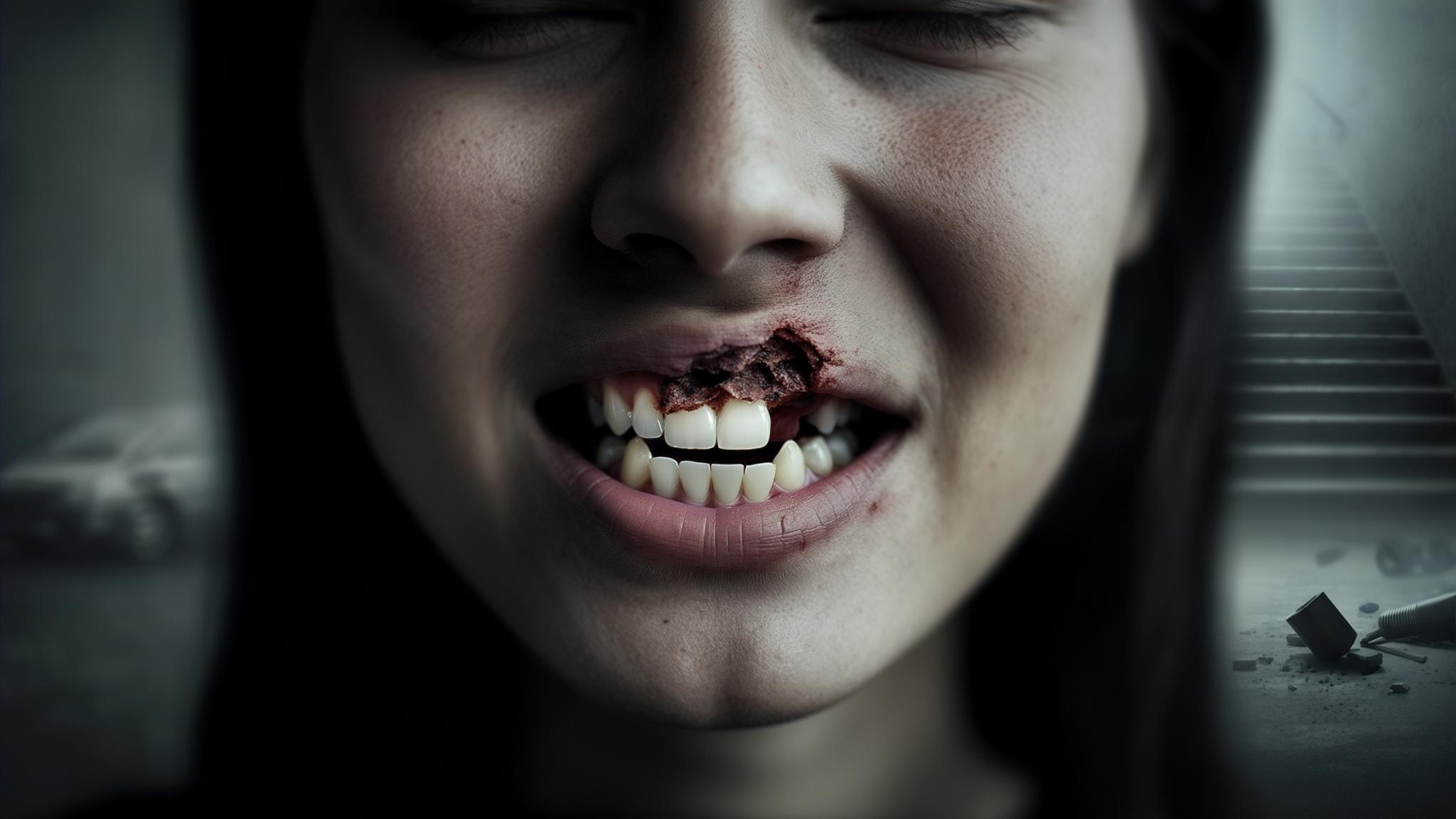Understanding Dental Trauma
Accidents happen when we least expect them, and sometimes they can lead to dental trauma. Dental trauma refers to any injury to the teeth, gums, or surrounding soft tissues. It's crucial to evaluate oral trauma after a fall or accident because even minor-looking injuries can have significant implications for your oral health. This article focuses on understanding the types of dental injuries that can occur from physical accidents, how to manage them, and ways to prevent future incidents.
Types of Dental Injuries
When it comes to dental injuries, they can vary widely in terms of severity and type. Here's a closer look at the most common ones:
Tooth Fractures
Tooth fractures can range from minor chips to more severe breaks. They are classified based on the part of the tooth affected:
- Enamel Fractures: These involve the outer layer of the tooth and often cause minimal pain.
- Dentin Fractures: Affecting the layer beneath the enamel, these can lead to sensitivity and discomfort.
- Pulp Fractures: When the innermost part of the tooth is damaged, it can be quite painful and may require immediate attention.
Common symptoms include sharp pain, sensitivity to temperature changes, and visible damage to the tooth.
Tooth Avulsion
This is a more severe injury where the tooth is completely knocked out of its socket. Causes often include direct trauma from falls or sports accidents. The immediate response is crucial:
- Do not touch the root of the tooth.
- Rinse gently with saline solution if dirty.
- Place the tooth back in its socket if possible, or keep it in milk or saliva until you reach a dentist.
Luxation Injuries
Luxation injuries involve displacement of the tooth without complete loss. They include:
- Concussion: The tooth is tender but not displaced.
- Subluxation: The tooth is slightly loose.
- Extrusive Luxation: Partial displacement out of the socket.
- Intrusive Luxation: The tooth is pushed into the gum.
Symptoms include pain, mobility, and changes in the position of the tooth.
Soft Tissue Injuries
These involve lacerations or abrasions to the gums and oral mucosa. They can cause bleeding, swelling, and discomfort. Although they might seem minor, they can affect your overall oral health and require proper care.
Initial Assessment of Dental Trauma
A thorough examination is vital in assessing dental trauma. Here's how it typically proceeds:
- Patient History: Understanding the accident details provides context for the injury.
- Visual Examination: Checking for visible signs of damage or displacement.
- Palpation: Gently feeling the teeth and surrounding areas for abnormalities.
- Radiographic Evaluation: X-rays can reveal hidden issues not visible to the naked eye.
Management of Dental Injuries
Immediate First Aid Measures
- Control Bleeding: Apply gentle pressure with a clean cloth.
- Pain Management: Over-the-counter pain relievers can help.
- Preservation of Avulsed Teeth: Handle with care and keep moist.
Professional Dental Treatment Options
- Fractured Teeth: Restoration techniques like fillings or crowns can restore function and appearance.
- Avulsed Teeth: Quick re-implantation increases the chances of saving the tooth.
- Luxation Injuries: Stabilization methods, such as splints, help secure the tooth.
- Soft Tissue Injuries: Suturing and proper wound care promote healing.
Follow-Up Care
Follow-up appointments are crucial to ensure proper healing and to monitor for complications like infection or loss of tooth vitality. Regular check-ups help in assessing long-term needs, such as orthodontic adjustments if necessary.
Prevention of Dental Injuries
Preventing dental injuries involves several proactive steps:
- Safety Measures: Install handrails and use non-slip mats to prevent falls.
- Protective Gear: Wear mouthguards during sports.
- Education: Learn and teach others about oral health and injury prevention.
Conclusion
Recognizing and managing dental trauma promptly can significantly impact recovery and long-term oral health. If you experience any oral injury, seek dental care immediately. Dentists play a crucial role in trauma management and ensuring a smooth recovery.
References
For further reading on dental trauma management, consider consulting resources such as the American Dental Association and other professional dental guidelines.

